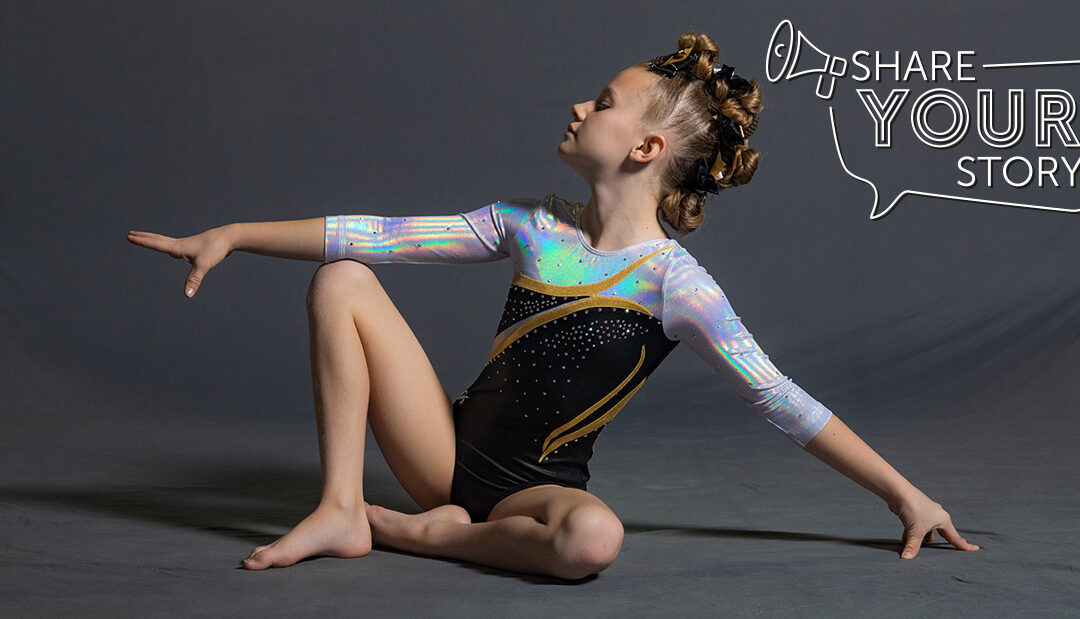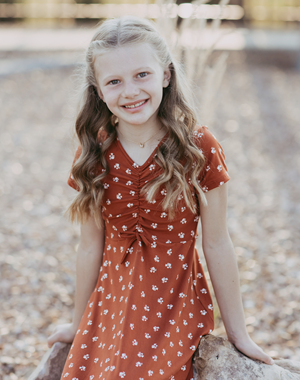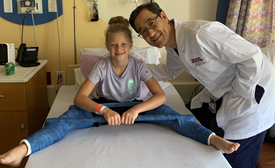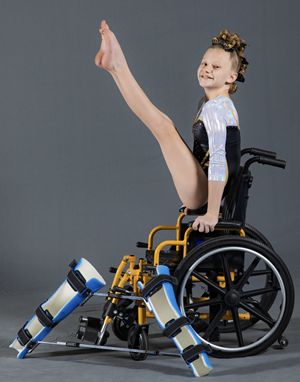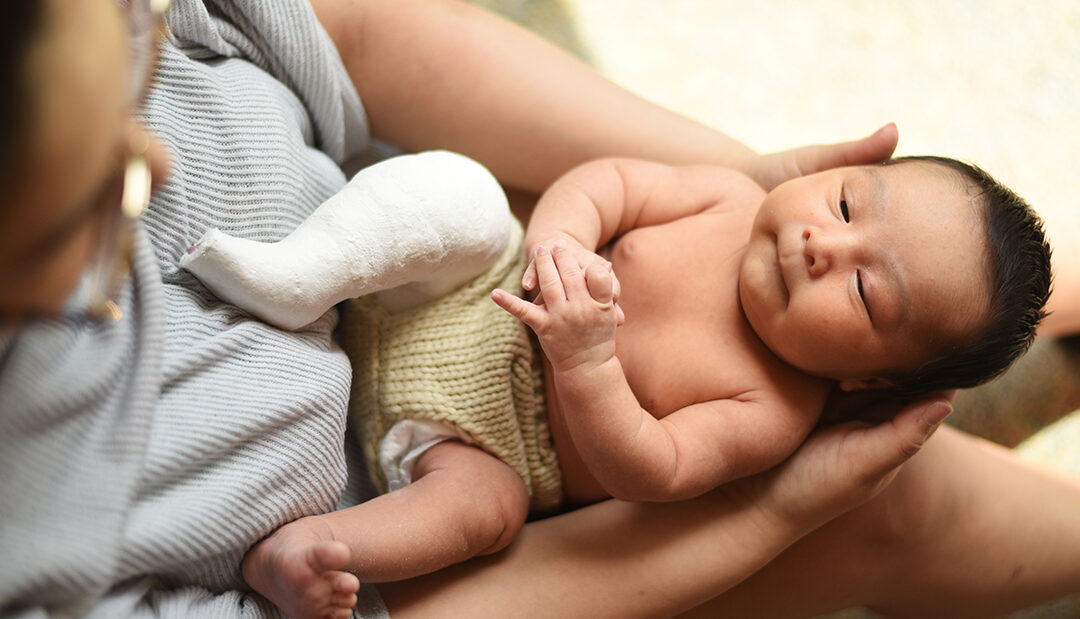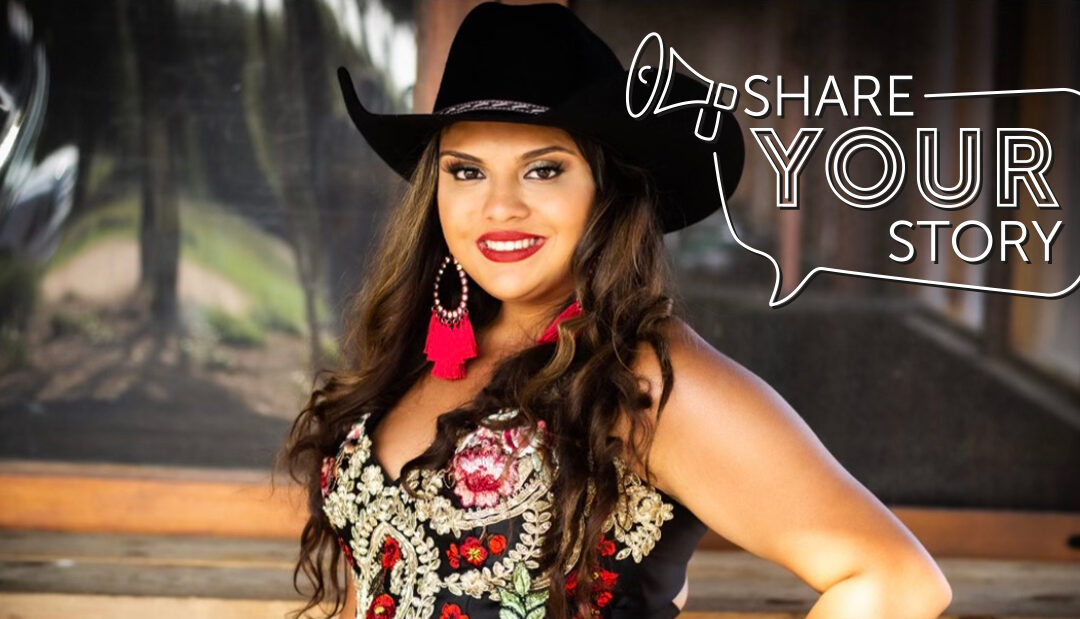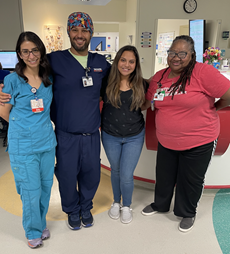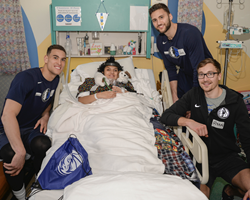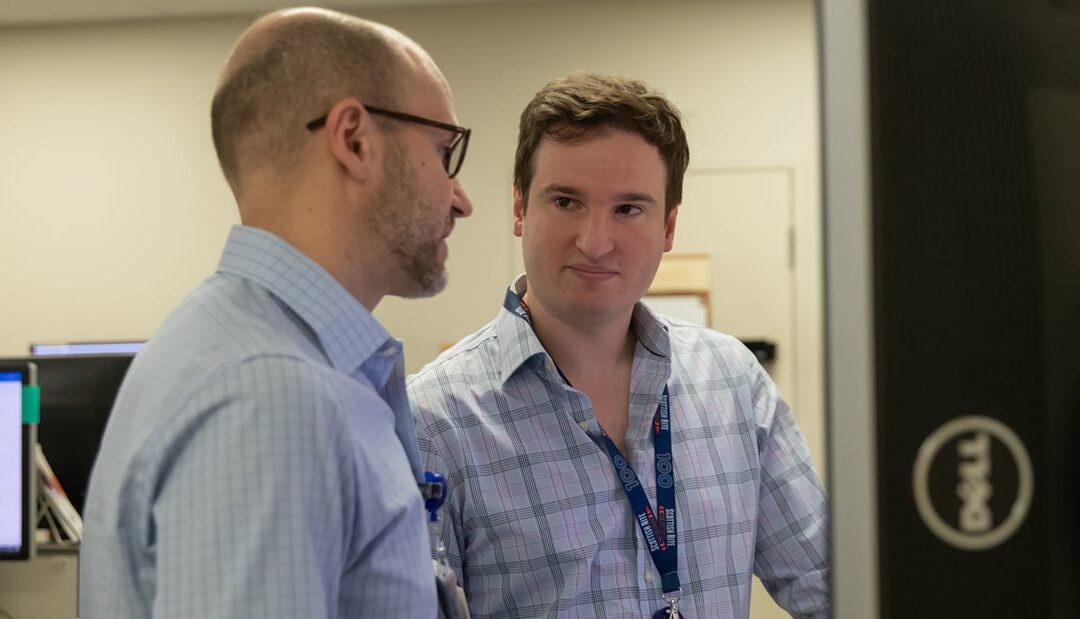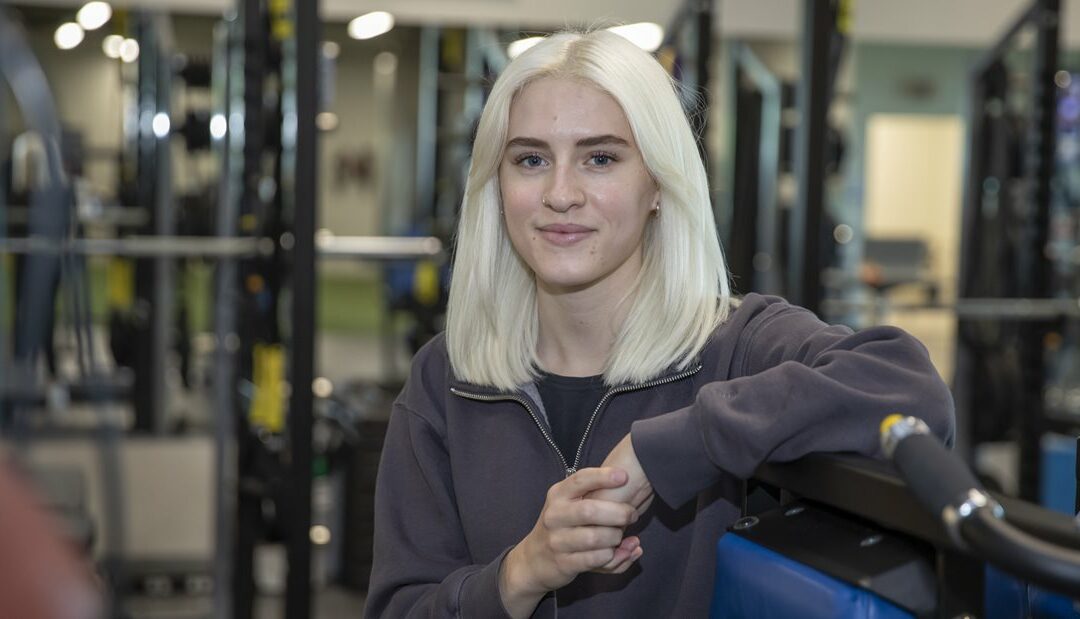
Get to Know our Staff: Madelyn White, Therapy Services
I’m a sports physical therapist at our Frisco campus.
What do you do on a daily basis or what sort of duties do you have at work?
I work with youth athletes with various injuries to get them back to their sports safely. My job consists of examining and assessing athletes and coming up with a plan to get them back to their sports. I spend most of the day in our sports therapy gym, leading patients through exercises tailored to their injury and their sport.
What was your first job? What path did you take to get here or what led you to Scottish Rite? How long have you worked here?
Prior to becoming a physical therapist, I worked at an ice rink teaching young kids how to skate and play hockey.
My first job as a physical therapist was here! I was a student physical therapist at Scottish Rite for Children for my final clinical rotation, and I started working as a full-time physical therapist about a year later in March 2021.
My family lives in this area, and I remember seeing the Frisco facility being built. I thought it was really unique to have such a specialized clinic for youth sports, and I knew I wanted to be a part of it. After having my clinical rotation here, I couldn’t imagine working anywhere else. I feel very lucky to get to work in such a great facility.
What do you enjoy most about Scottish Rite?
The people! Whether it’s my patients or my colleagues, it’s always fun to be here. We have such a great staff in the Therapy Services department and beyond, and my patients always brighten my day!
Tell us something about your job that others might not already know?
I think most people don’t know how hard physical therapy (PT) sessions are for patients. A lot of people think PT is just massages and stretching, but most patients spend the majority of sessions lifting weights, running and jumping. There is a lot more strength and conditioning involved than people expect.
Where is the most interesting place you’ve been?
I went to Europe for the first time last summer and loved it. Paris was the most beautiful place I’ve ever seen.
What is your favorite game or sport to watch and play?
Ice hockey! I grew up in a hockey family, and I played and/or coached ice hockey until I went to college. I’m a big Dallas Stars fan and go to (almost) all the home games.
I also had a brief stint as a gymnast/cheerleader, and I ran track throughout high school.
If you could only eat one meal for the rest of your life, what would it be?
Any kind of sushi.
What’s one fun fact about yourself?
I am currently on a daily running streak and have run at least one mile a day for more than 450 days in a row. I haven’t missed a day!
